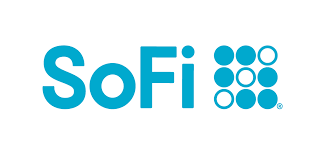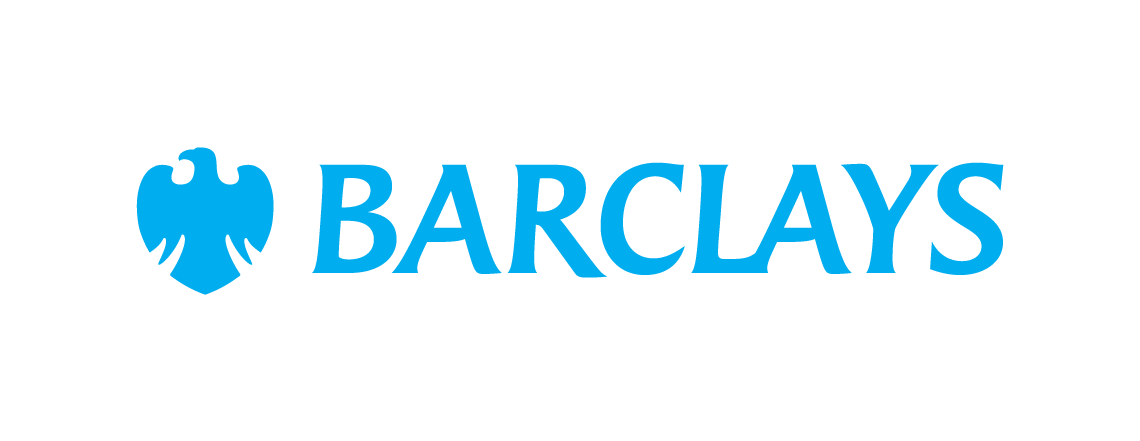How Much Will Your Expenses Go Up With Your First Child?
There's no way around it -- your first child is going to shake up your budget.
When you have your first child on the way, feeling nervous comes with the territory. Raising a child is a huge responsibility, and it's also a significant financial commitment.
Everybody realizes that there are plenty of new expenses that come with having a child, but even then, the overall cost can be surprising. Whether you're currently expecting or you want to plan ahead for the future, you need to know how much more you'll be spending when you have a child.
How much will your expenses go up with your first child?
A good guideline on child costs is that you'll spend about $1,000 more per month with your first child, although it could be more or less depending on how strict you are with your budget.
In the USDA's 2015 Expenditures on Children by Families report, it covered the average cost of a child based on the family's income bracket. Here are the average amounts families in each income bracket spend annually for a first child, from birth to two years old:
- Less than $59,200 -- $11,849
- $59,200 to $107,400 -- $15,685
- Over $107,400 -- $24,613
If those numbers seem startling, keep in mind that they're only averages, and there are plenty of families who don't spend that much. But the more financially prepared you are, the better.
The costs of raising a child
So your first child could easily cost you $1,000 per month or more. What does all that money go towards?
Here are the typical expenses that come with raising a child and what portion of a family's average childcare spending goes to each expense:
- Housing -- 29%
- Food -- 18%
- Childcare and education* -- 16%
- Transportation -- 15%
- Healthcare -- 9%
- Miscellaneous expenses -- 7%
- Clothing -- 6%
*Many households didn't have any spending on childcare and education. This expense is much more common among higher-income households.
Housing ranks as the biggest child-related expense for families in every income bracket, as they often need to get a larger home to have more space for their children. Fortunately, this is also an area where you may not need to spend more right away. If you already have a spare bedroom, then you could be fine staying where you are.
Most of the other expenses are unavoidable. Your food costs going up is a given, with BabyCenter reporting that baby food usually runs between $50 and $100 per month. If you need formula, that averages between $70 and $150. Transportation, healthcare, and clothing are all necessities as well.
Miscellaneous expenses include toys, personal care items, and all those other costs that don't fit into any other category.
Budgeting for a baby
A baby is going to add to your expenses significantly, so it's important to adjust your budget accordingly. Although you can estimate all the costs you'll have, it's easier to go with the averages and assume you'll be spending at least $1,000 per month on child-related expenses.
First, you'll need to look at your monthly budget and see whether that's something you can afford. Ideally you'll be able to pay for those baby costs and still save at least 10% to 20% of your income per month.
If that's out of reach for you, there are several ways that you can reduce how much you need to spend on your child:
- Get secondhand products -- Shop for used products instead of getting everything brand new, and ask friends and family if they have any hand-me-downs.
- Start coupon clipping -- If you search for coupons before you shop, you could save on food, diapers, toys, and other items.
- Prepare your own baby food -- You can use a blender to whip up your own baby food at a much lower cost than baby food from the store.
- See what your local library has to offer -- Some libraries have free activities that parents and babies can do together, story time, puzzles, and toys, so you could save money on entertaining your little one thanks to a library card.
And of course, it's also smart to save more money when you have a baby on the way. Beefing up your bank accounts will put you in a more stable financial situation and help with some of those big early expenses, such as hospital bills, a stroller, and a car seat.
An expensive new addition to your family
Baby costs can vary quite a bit depending on the area you live and how much you're willing to spend, but no matter what, babies certainly aren't cheap. While it can be a shock to see what children cost, it's good to know so that you can prepare yourself for the future.
These savings accounts are FDIC insured and could earn you 11x your bank
Many people are missing out on guaranteed returns as their money languishes in a big bank savings account earning next to no interest. Our picks of the best online savings accounts could earn you 11x the national average savings account rate. Click here to uncover the best-in-class accounts that landed a spot on our short list of the best savings accounts for 2024.
Our Research Expert
We're firm believers in the Golden Rule, which is why editorial opinions are ours alone and have not been previously reviewed, approved, or endorsed by included advertisers. The Ascent does not cover all offers on the market. Editorial content from The Ascent is separate from The Motley Fool editorial content and is created by a different analyst team.
Related Articles
View All Articles
